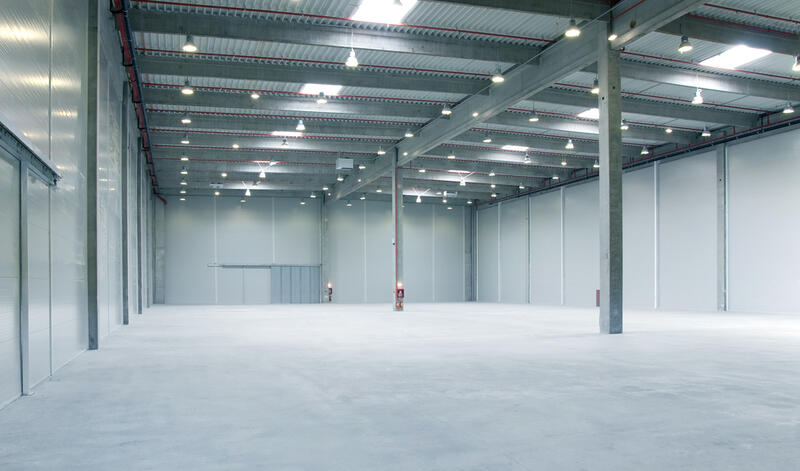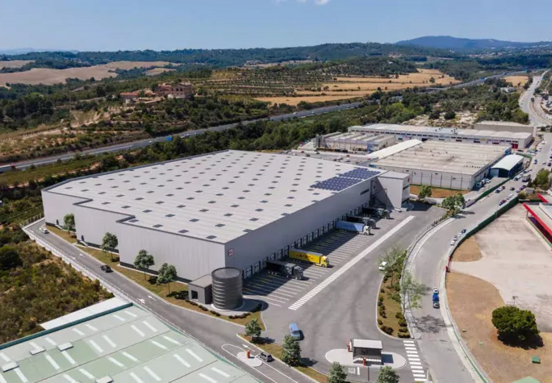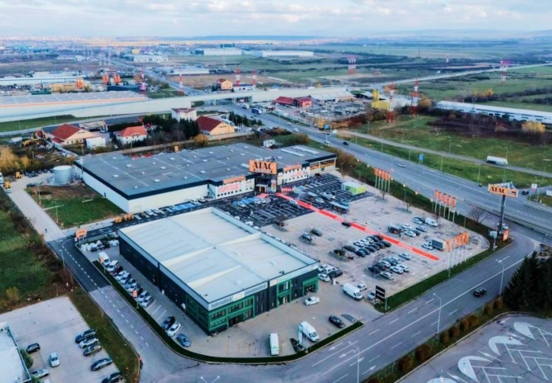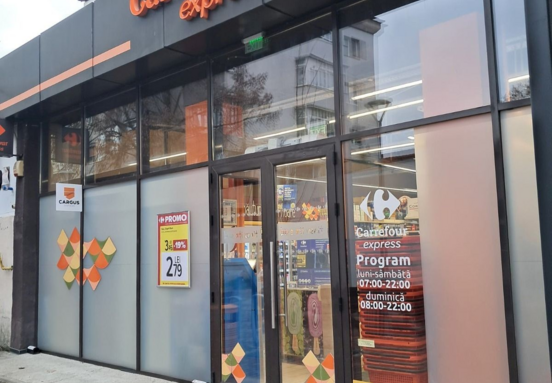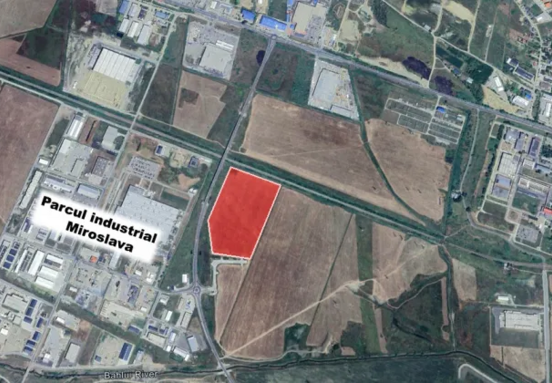The consultants note that probably these results do not reflect entirely the true depth of the local market, because the only information included is publicly available (either deals reported by the local research forum or deals communicated via press releases or in reports for investors in the case of listed companies).
Colliers consultants explain that unofficial data and analysis of fluctuations in vacancy rates indicate that actual demand is at least 25 percent higher, meaning that the one million square meters benchmark has probably been crossed (again) in 2023. While still an impressive figure overall, when looking at the actual leased space, only around 38 percent of rental demand came from Bucharest, down from 48 percent the previous year and 63 percent in 2021.
“The total leased area is significantly higher than in the years just before the pandemic, proving that the Romanian market has entered a new paradigm. The paradigm shift has also pushed some trends into overdrive. For example, we have been talking for many years about the fact that the Romanian I&L market is slowly moving away from the capital, as manufacturing and logistics companies seek opportunities in other parts of the country, such as lower labor costs, better availability of labor and improved infrastructure connectivity, as well as to accommodate economic development in these areas. This suggests that Bucharest’s share of total leasing activity in 2023 was most likely at an all-time low, while transactions outside the capital were at an all-time high; while we lack comparable data beyond 2015, we can easily reach this conclusion as the bulk of deliveries back then were centered around the Capital”, explains Victor Cosconel, Head of Office & Industrial Agencies at Colliers.
Another aspect correlated with this shift towards activities outside Bucharest, says Colliers director, “has much to do with the increase in manufacturing activities. About one third of the leased space was signed by tenants targeting manufacturing activities, a significant change as before the pandemic this share was usually below 10-15 percent, unless a large contract was signed. These are just the first signs of the re-shoring wave that we expect to become increasingly visible in the coming years”.
Total supply exceeded 7 million square meters in 2023, up from 6.2 million square meters at the end of 2022. While CTP and WDP remain by far the largest landlords in the market, accounting for well over half of the leased space, other developers remain quite active and Colliers consultants observe interest from new developers testing certain regions.
Sector-wise, the growing importance of the automotive sector, which has always been a key driver but has rarely outperformed other sectors, is worthy of note. Last year, tenants in the automotive sector accounted for the largest share of transactions, around 30 percent of total take-up, surpassing logisticians (3PL operators, around 23 percent). In the long term, another trend remains valid, namely the reorientation of tenants towards city centers, especially Bucharest, in the context of a competitive e-commerce scene.
The largest deals last year were all in the 50,000 square meter category, including Inter Cars’ new lease at VGP Park in Brasov brokered by Colliers, the expansion of the Pirelli factory in Slatina with WDP and FM Logistics’ renewal of its contract with CTP in Timisoara (part of a sale and leaseback agreement covering 100,000 sqm of warehouses across Romania).
The vacancy rate for prime warehouse spaces remained in single digits, mostly below 5 percent, in most submarkets in Romania, including Bucharest, meaning that tenants over a certain size may have difficulties in finding the space they want in terms of costs and location. Colliers consultants also note that Romania, unlike other CEE markets such as the Czech Republic, is not facing a widespread phenomenon of ”shadow vacancy”, meaning warehouses that have been partially built but where construction has stopped and is therefore not considered delivered.
On the rental side, Colliers consultants point out that there has been a major change in recent years. In the previous decade, warehouse rents were largely flat from one year to the next, with the prevailing trend being a very slow decline over an extended period. The significant shift in construction prices, coupled with a relatively low availability of vacant space in certain parts of the country and, most importantly, a significant shift in demand, have finally pushed up rents in Romania.
As a result, rents jumped from significantly less than 4 euro per square meter at the end of 2021 to asking rents that are heading towards 5 euro per square meter for an averagely sized space/BTS warehouse in a good location. This c.30 percent (sometimes higher) increase in rents in two years is not as significant on a regional scale, where markets have experienced similar dynamics, but it is still significant for Romania, given the stale dynamics of the past decade.
The outlook remains very optimistic for the local industrial and logistics scene and there is still significant room for growth compared to other CEE countries. With around 7 million square meters of modern warehouses, Romania’s stock on a per capita basis is much smaller than Poland’s over 30 million sqm or the Czech Republic’s over 11 million sqm. In other words, while Romania has similar consumption levels (volume-based indexes) to Poland or Czechia, its warehousing stock per capita is 2-3 times smaller than in these countries. This means that both demand and development are expected to remain strong going forward, even discounting the fact that both Poland and Czechia act as regional distribution hubs to a much larger extent than Romania.
“As a result, we believe that our long-standing call for a stock of 10 million sqm by the end of 2030 would look rather conservative if the economy were to pick up even a little. We must also note that we do not include in the stock the owner-occupied facilities, which tend to be significant in the manufacturing sector or for some companies, such as certain players in the FMCG sector. Overall, there are many reasons to be optimistic about the local industrial scene. Firstly, Romania is well positioned to take advantage of the re-shoring trend that is taking place amidst the reshuffling of geopolitical relations at the global level. Much lower costs and a much better availability of labour compared to European peers make the country a good alternative. In fact, when looking at the gap between labour costs and productivity, the Romanian manufacturing sector has the largest gap in the European Union, which is broadly comparable to China, for example”, concludes Victor Cosconel, Head of Office & Industrial Agencies at Colliers.
